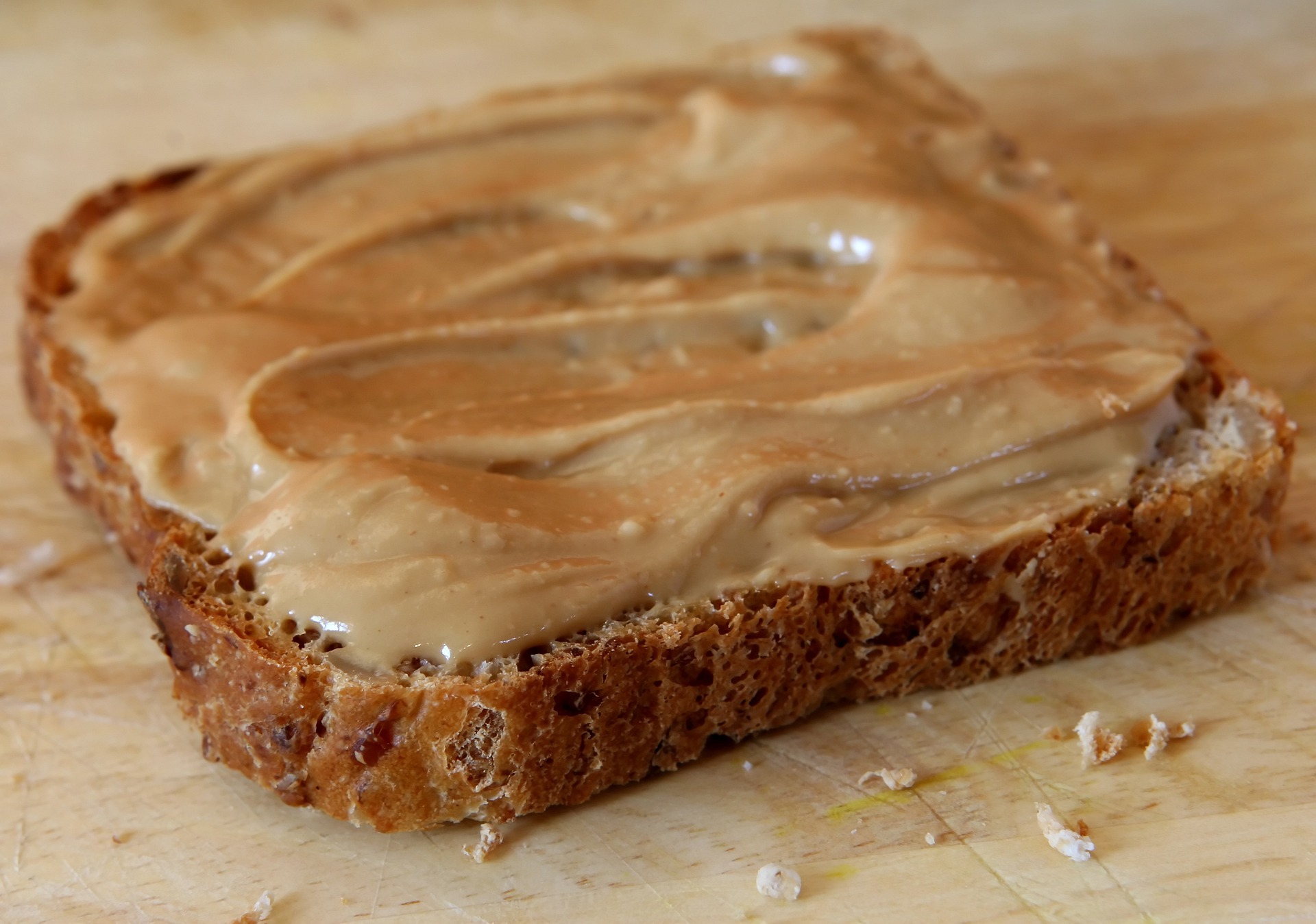‘In the first year about 90 students took part. If we have about 200 students in our cohort, we can divide them into subgroups and submit those to statistical analysis,’ says project leader Nicole de Roos. ‘We are now recruiting the next hundred, but these data are already providing interesting insights.’
Nutrition lecturer De Roos started this cohort study – a research method in which data was collected regularly among a relatively large group of test subjects over a longer period – last year because she was curious about the mental and physical development of the current generation of first-year students. ‘And because I wanted to create a project for thesis students.’
Iron not from meat
Sabine Bastiaans is one of the 10 thesis students working on this project. She and her colleagues have analysed the data from the first year. ‘My thesis is about the effect of fibre consumption on the ‘happiness hormone’ serotonin. I want to know if these two factors can affect depression and anxiety. To answer my research question with statistical certainty, we need to be able to divide the participants into subgroups. Sadly, for my sub-study we don’t have enough participants to draw evidence-based conclusions.’
Another thesis student was luckier with the division and subgroups. Bastiaans: ‘She discovered that the participants in our cohort got most of their iron – needed for haemoglobin that binds oxygen in red blood cells and muscles – in the form of non-haem iron, which is not found in meat. Many people think you need to eat meat products in order to get enough iron, because they contain haem iron. It is true that we absorb that form of iron better, but you obviously don’t need it in order to get enough iron. I thought that was a result we should make known at the society level: people are scared of going short of iron if they don’t eat any meat, but that doesn’t have to result in an iron deficiency.’
The diet diaries also provided an interesting peek into what students eat. De Roos: ‘They get most of their energy from bread, bananas, pizza, peanut butter and beer. A typical student diet.’
Blood loss
What did shock De Roos was that about half the women participants suffer serious blood loss during their menstruation. ‘You can categorize blood loss, and about half of the girls fall into the category of severe blood loss op. That is a risk factor for iron deficiency. When we discovered that, we contacted biology lecturer Anneke Valk, who is known for her menstruation workshops. We are seeing what we can do about this in future. That will be followed up.’
‘Last year most of the interest came from students of Nutrition and Health,’ says De Roos, referring to the make-up of the Wageningen Student Cohort. ‘This study is typical of what interests them. The proportion of the cohort made up of that group is still relatively high, as is the proportion of women.’
Large numbers
De Roos admits that her original plan – to monitor 1500 to 10,000 students for several years – was a bit overambitious. ‘With the limited budget we have, we are now focusing on first-year Bachelor’s students. Sadly, we can’t do all the measurements we did this year in the second year as well, but we are going to send participants a questionnaire at the end of their second year. You can see this as a pilot study. We are going on recruiting.’
‘I helped with an evaluation after the last data was collected in June,’ says Bastiaans. ‘That showed that they took part because they liked the idea, to find out more about the study and their health, and for the money.’
First-year students interested in taking part can sign up through https://www.wageningenstudentcohort.nl/inschrijven

 Een dieet vol koolhydraten. Eerstejaarsstudenten eten vooral bier, brood, banen, pindakaas en pizza. Foto Pixabay
Een dieet vol koolhydraten. Eerstejaarsstudenten eten vooral bier, brood, banen, pindakaas en pizza. Foto Pixabay 

